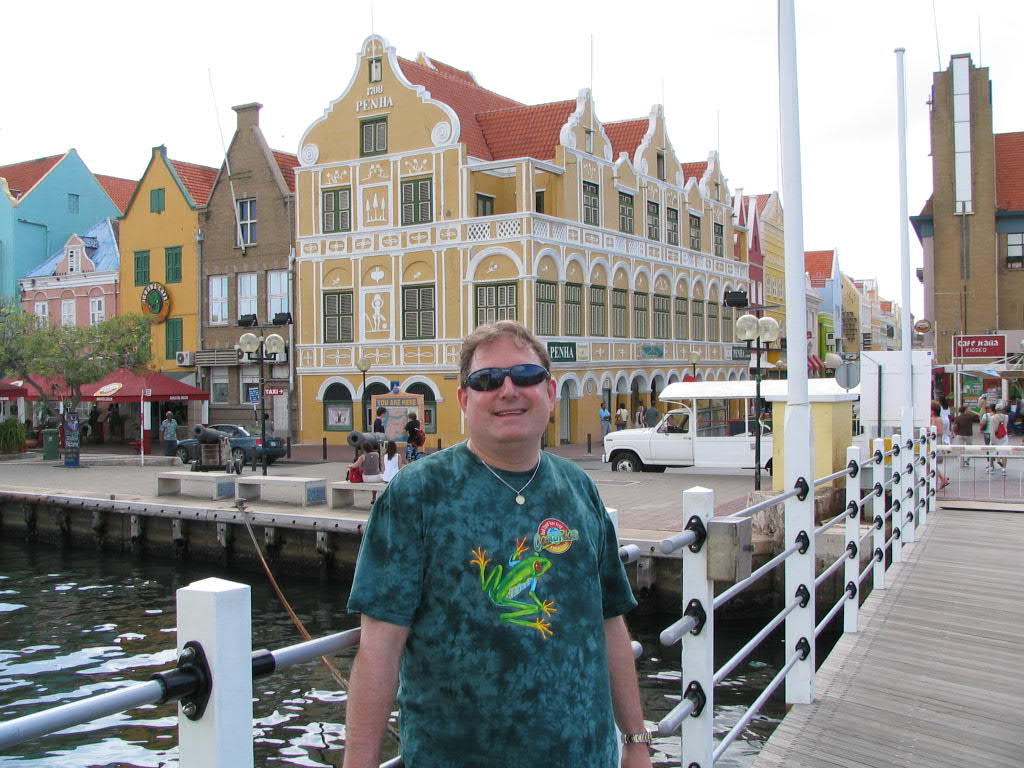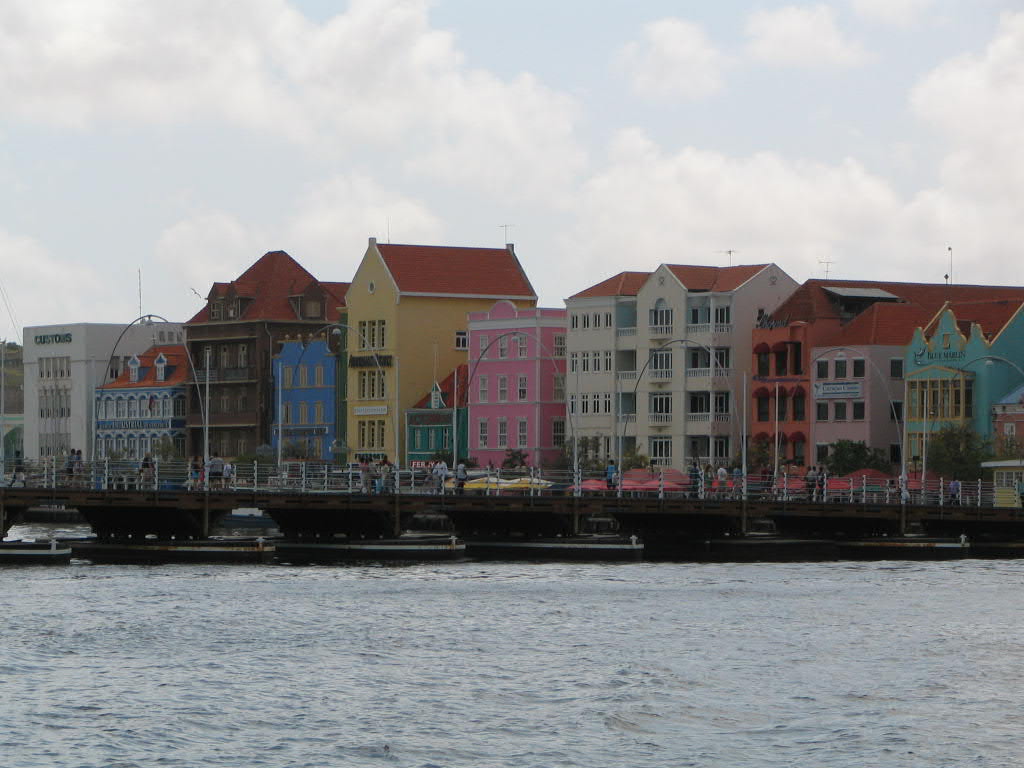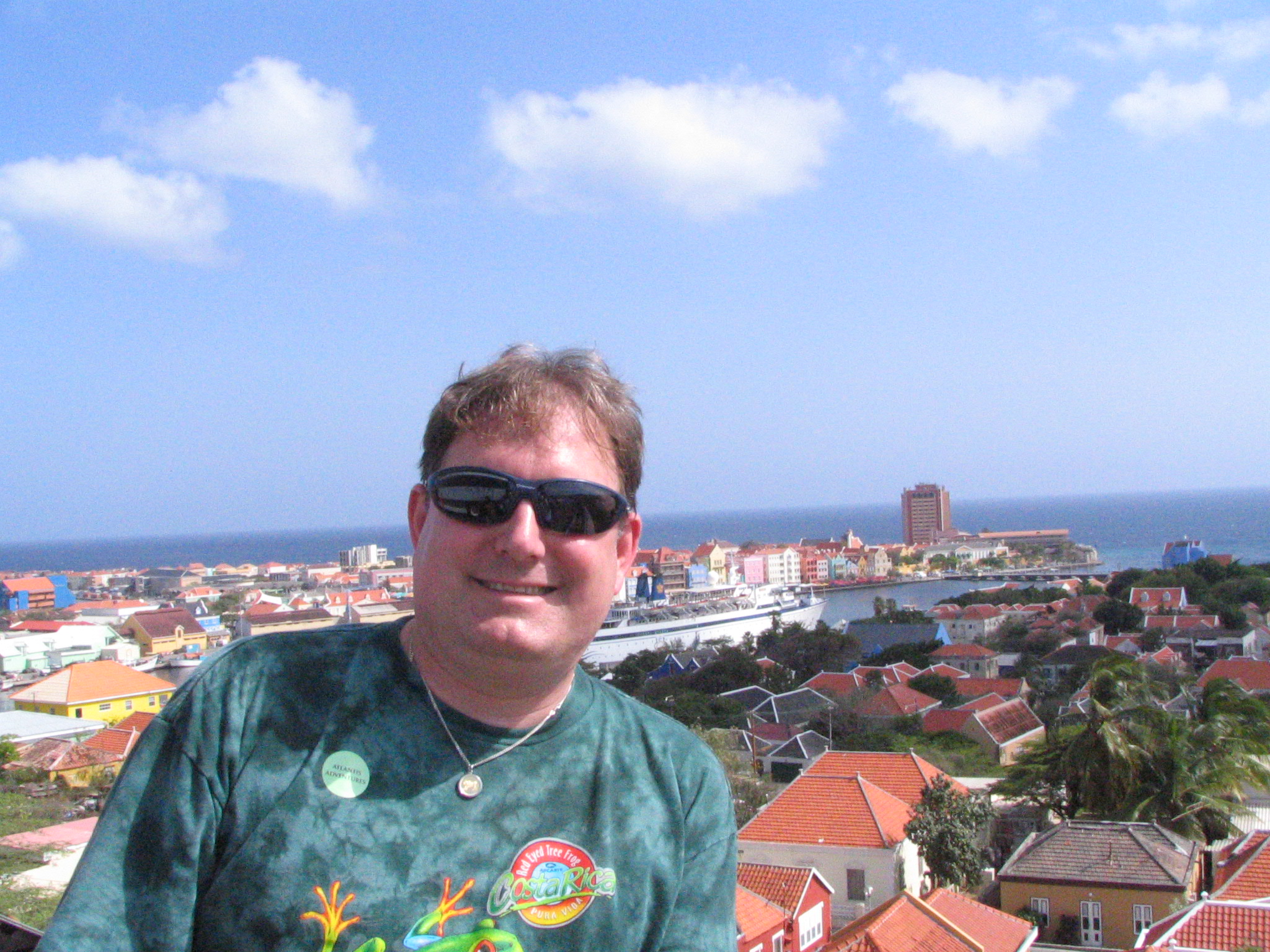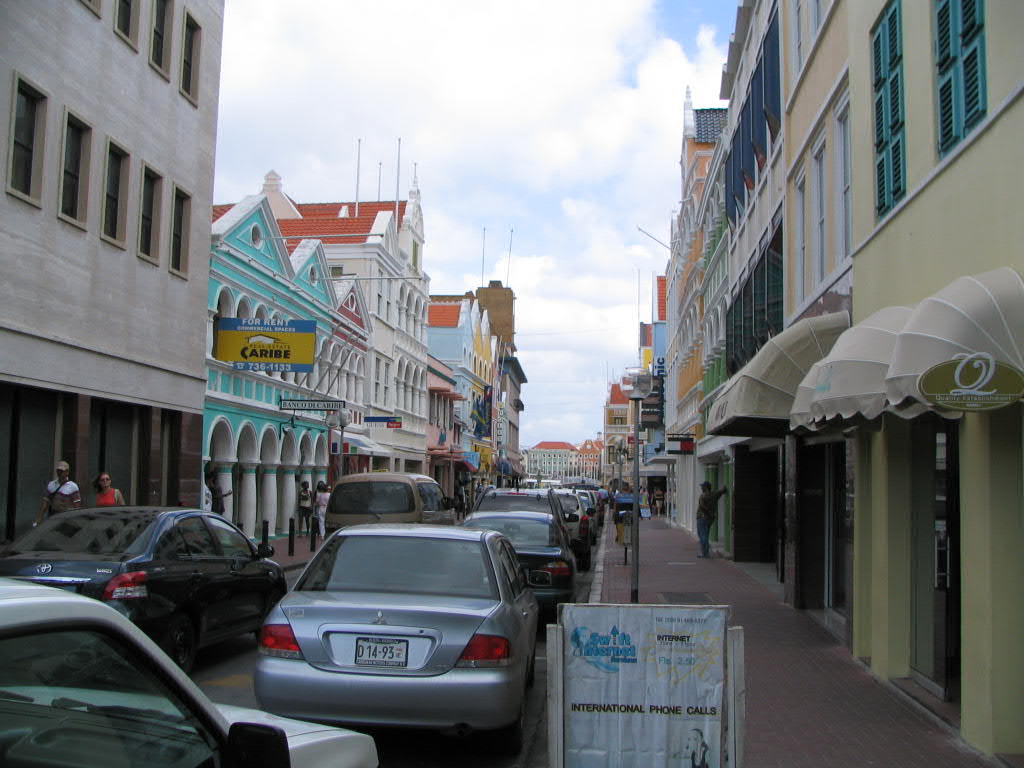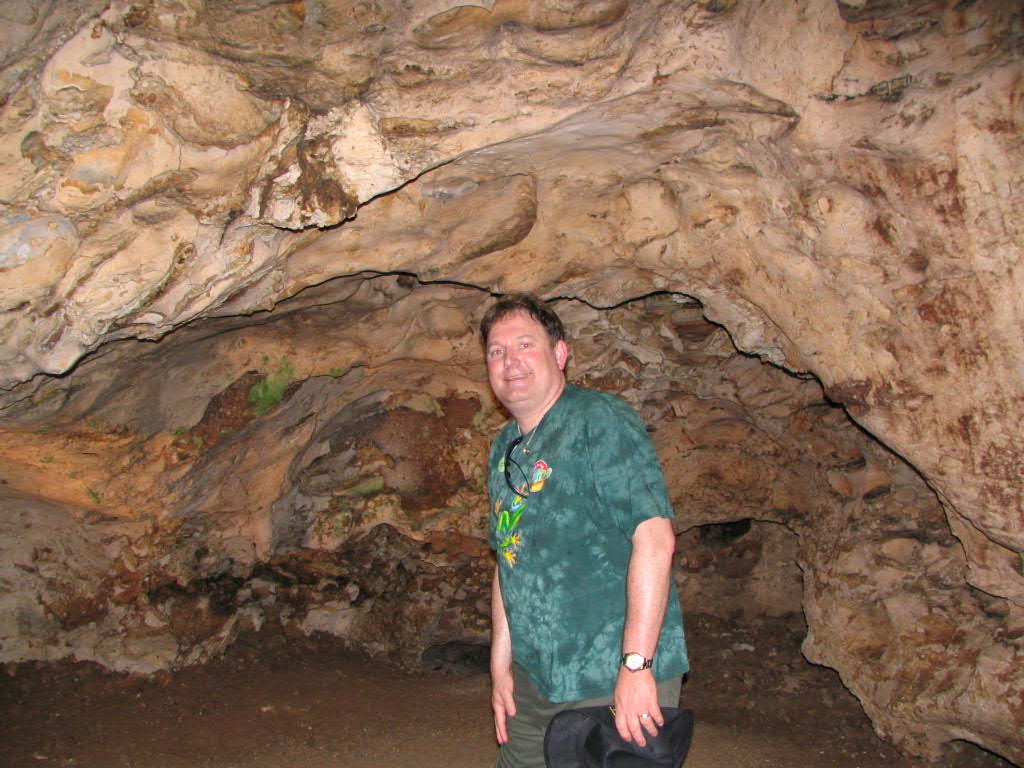Curacao's capital Willemstad, looked a lot like a Caribbean Amsterdam, with a lot more colorful buildings. Just off the coast of Venezuela, this dry, interesting island has a vibrant economy that includes tourism and the Caribbean's largest oil refinery. Like its western neighbor Aruba, Curacao still belongs to the Netherlands, so its citizens are members of the European Union. As of the Summer of 2007, plans had already been made to split Curacao from the Netherlands Antilles and give it the same autonomy as Aruba. Of all the ABC Islands Curacao was my favorite and one I would like to return to in the future.
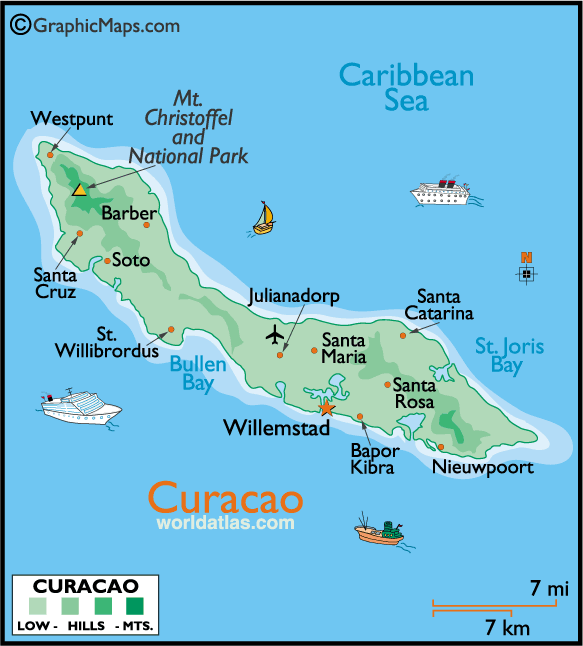 |
No one is sure when Curacao's first
inhabitants arrived. It is believed the first settlers were the
Caiquetios Indians who settled most of the Caribbean at one time.
Anthropologist speculate that the fierce, cannibalistic Caribs
conquered the northern coast of South America,
forcing the Caiquetios to flee to Curacao from current day Venezuela.
The Caiquetios would find safety on the island and eventually
established the first regular trade route to Venezuela. The first
Europeans to find the island were Alonso de Ojeda and Amerigo Vespucci,
on a voyage from Spain in 1499. The island did not start to play a major role in plans for European colonization until 1527, when a group of treasure hunting colonist arrived mostly from Portugal. The European settlers lived quietly on the island, raising cattle, and looking for gold until 1634, when the Dutch West India Company came along and claimed the island for Holland. This claim was made without bloodshed and the island would soon flourish under Dutch rule. Willemstad would soon become an important trading center and would take on the distinctive look of a Dutch City. All was tranquil until 1915 when the Royal Dutch/Shell Company build one of the worlds largest refineries to process crude oil from Venezuela. Soon workers from around the world would move to Curacao, making it the largest of the Netherlands Antilles, and making Willemstad into a cosmopolitan city. Currently Willemstad is home to over 40 nationalities and the city remain quite prosperous. |
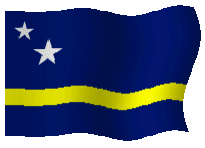 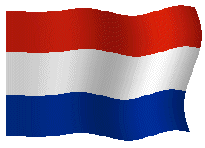 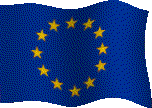 |
